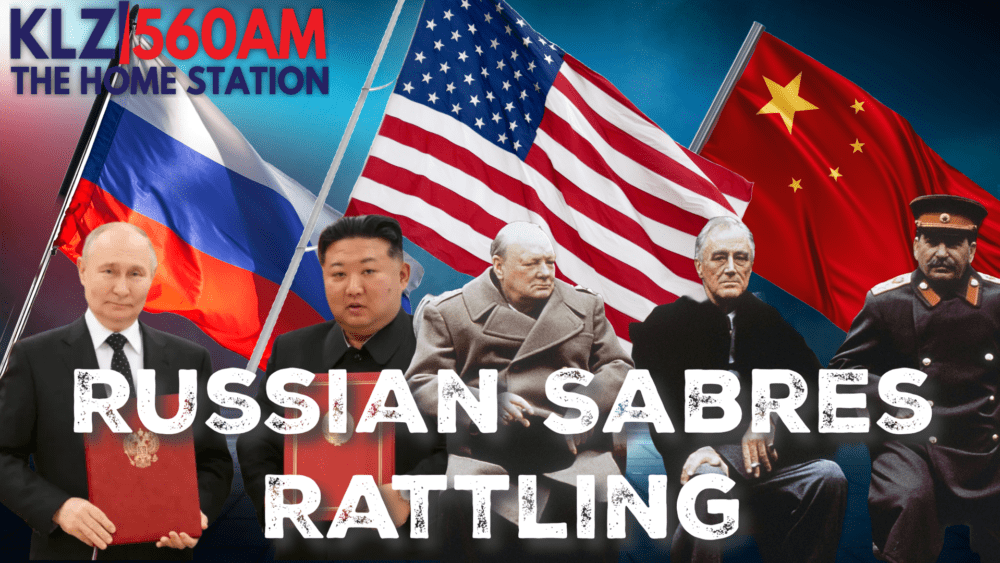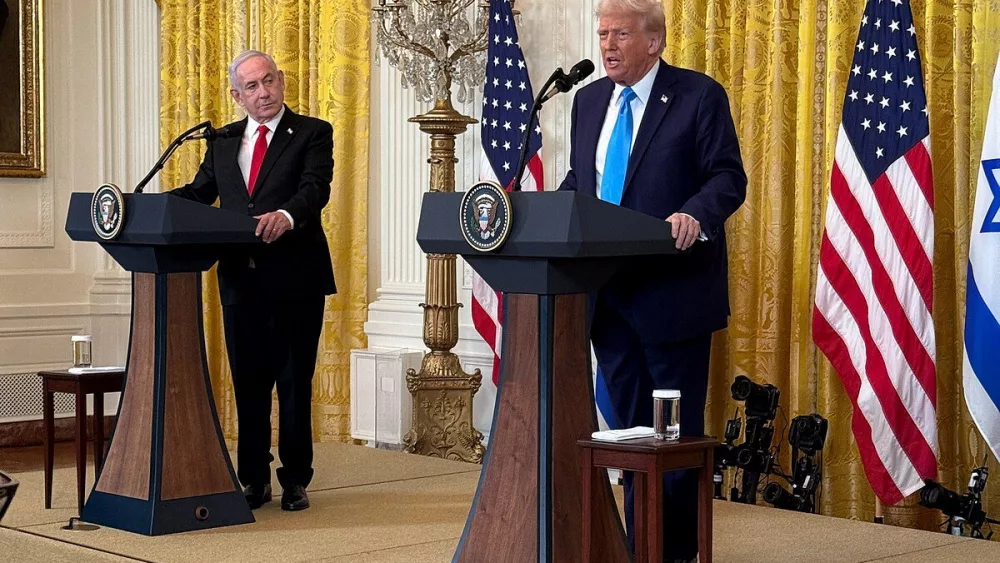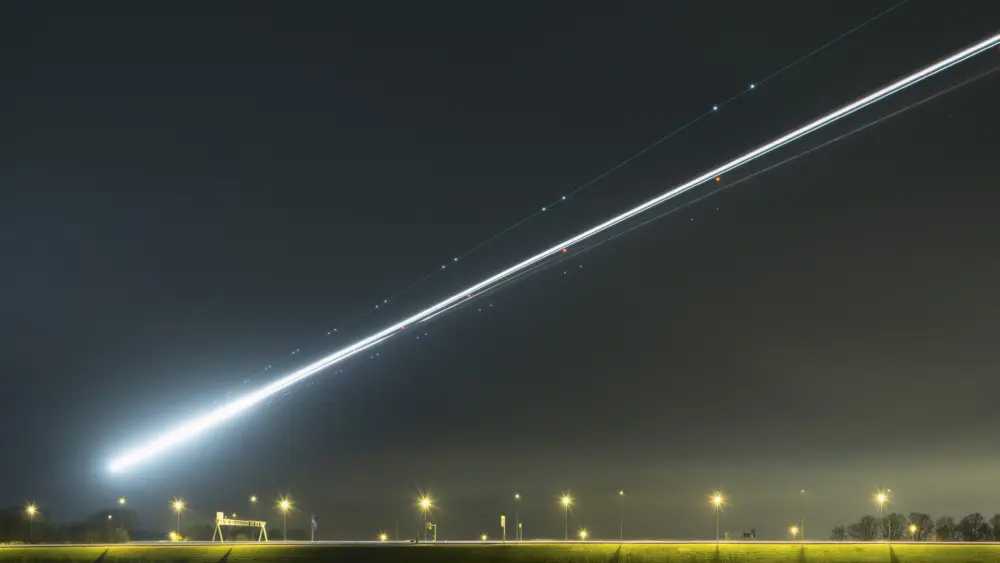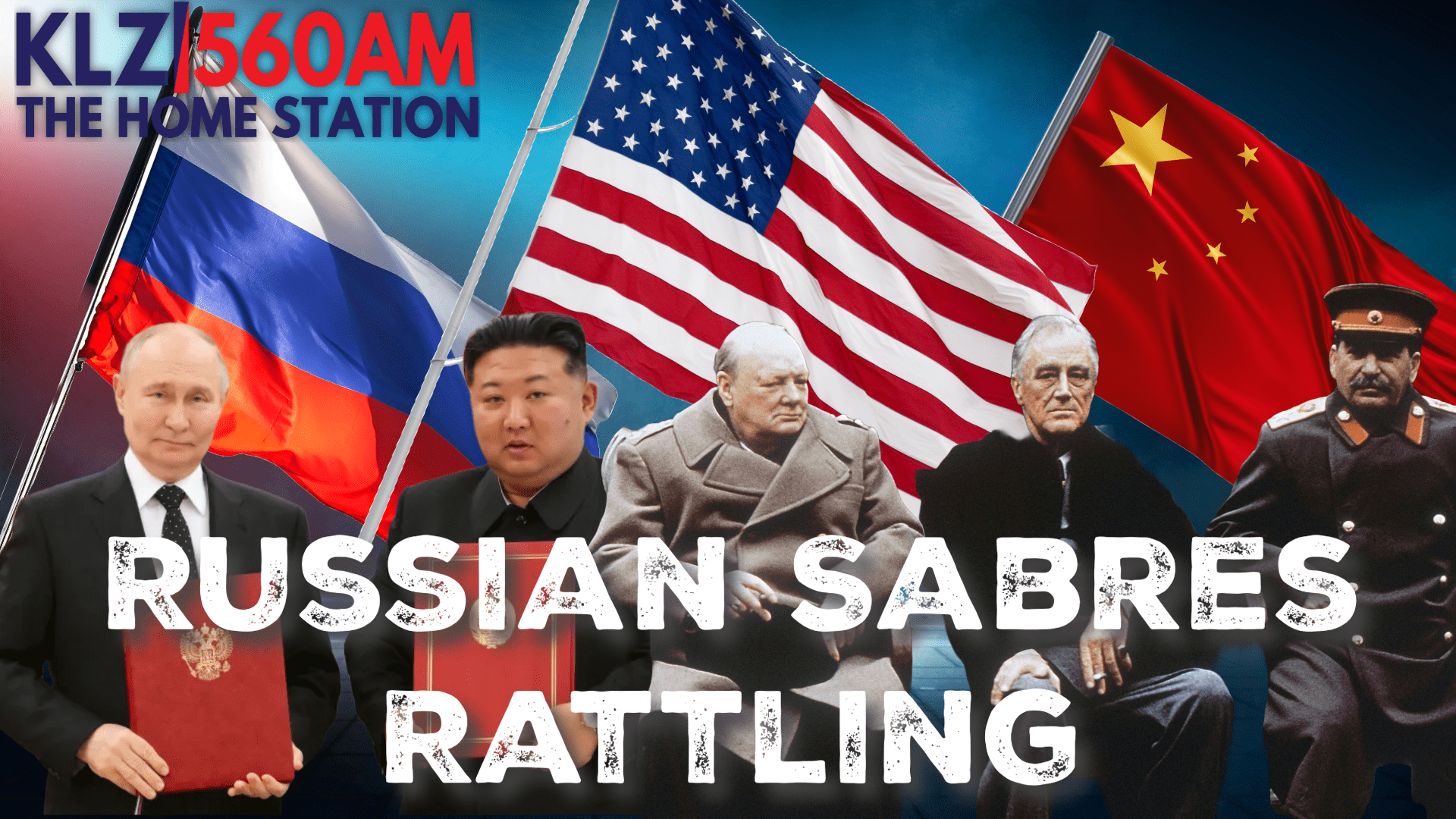
Vladimir Putin’s Kremlin spokesman Dmitry Peskov issued a public statement with a warning to the U.S. in the wake of the Ukraine attack on Sevostopol, saying “The involvement of the United States, the direct involvement, as a result of which Russian civilians are killed, cannot be without consequences”. Ukraine used missiles that were approved by President Biden for use against Russia.
This action was one that Putin warned about the week prior, when the missiles were approved. President Biden once again is going out of his way to destroy the work of diplomats over the last 50 years.
Peskov’s warning is a stark reminder that the United States is the world’s first and foremost military, but what is the likelihood that Russia makes good on their vow to attack the united states? We’ll make a few points below. Please comment your thoughts below as well, do you think this is likely? Do you think Biden’s move to approve the use of advanced ATACMs was prudent? Let us know.
The Likelihood of Russia Invading the United States: Context and Considerations
Recent geopolitical developments, particularly comments from Russian officials regarding missile strikes in Ukraine, have raised concerns and sparked discussions about the possibility of Russia expanding its military aggression beyond its current conflicts. Kremlin spokesman Dmitry Peskov issued a public statement slamming the U.S. for “barbaric” strike on Sevastopol, the strategic port city on the Black Sea. One of the most extreme scenarios debated is the potential for Russia to invade the United States or otherwise attack US interests in our homeland.
Current Secretary of Homeland Security Secretary Alejandro Mayorkas has been lackluster at best, and at worst he’s been a snivelling yes man to President Biden, and it’s a foregone conclusion that Putin is considering the right time to strike. However, while the notion of a Russian invasion of the US may evoke dramatic imagery reminiscent of Cold War-era tensions, several factors must be considered to evaluate the likelihood of such an event, and it’s highly unlikely that will be the outcome, at least in the near future.
Historical Context and Geopolitical Dynamics
Understanding the historical context of US-Russia relations is crucial to evaluating the current situation. The Cold War era (1947-1991) was marked by intense rivalry between the United States and the Soviet Union, characterized by espionage, nuclear arms race, and proxy wars. Despite the dissolution of the Soviet Union in 1991, the legacy of distrust and strategic competition has persisted.
Since the early 2000s, Russia, under Vladimir Putin’s leadership, has pursued a policy of reasserting its influence on the global stage. This has included military interventions in Georgia (2008), Crimea (2014), and more recently, Ukraine (2022). These actions demonstrate Russia’s willingness to use military force to achieve its geopolitical objectives, primarily within its perceived sphere of influence.
However, direct military conflict with the United States represents a different scale and type of engagement. The US and Russia are both nuclear-armed states with extensive military capabilities, making direct confrontation a high-stakes and potentially catastrophic scenario. Russia may be quick to enter conflict with small nations such as Ukraine and Georgia, but it doesn’t show any commitment to a protracted war, particularly one against as formidable force as the US Military.
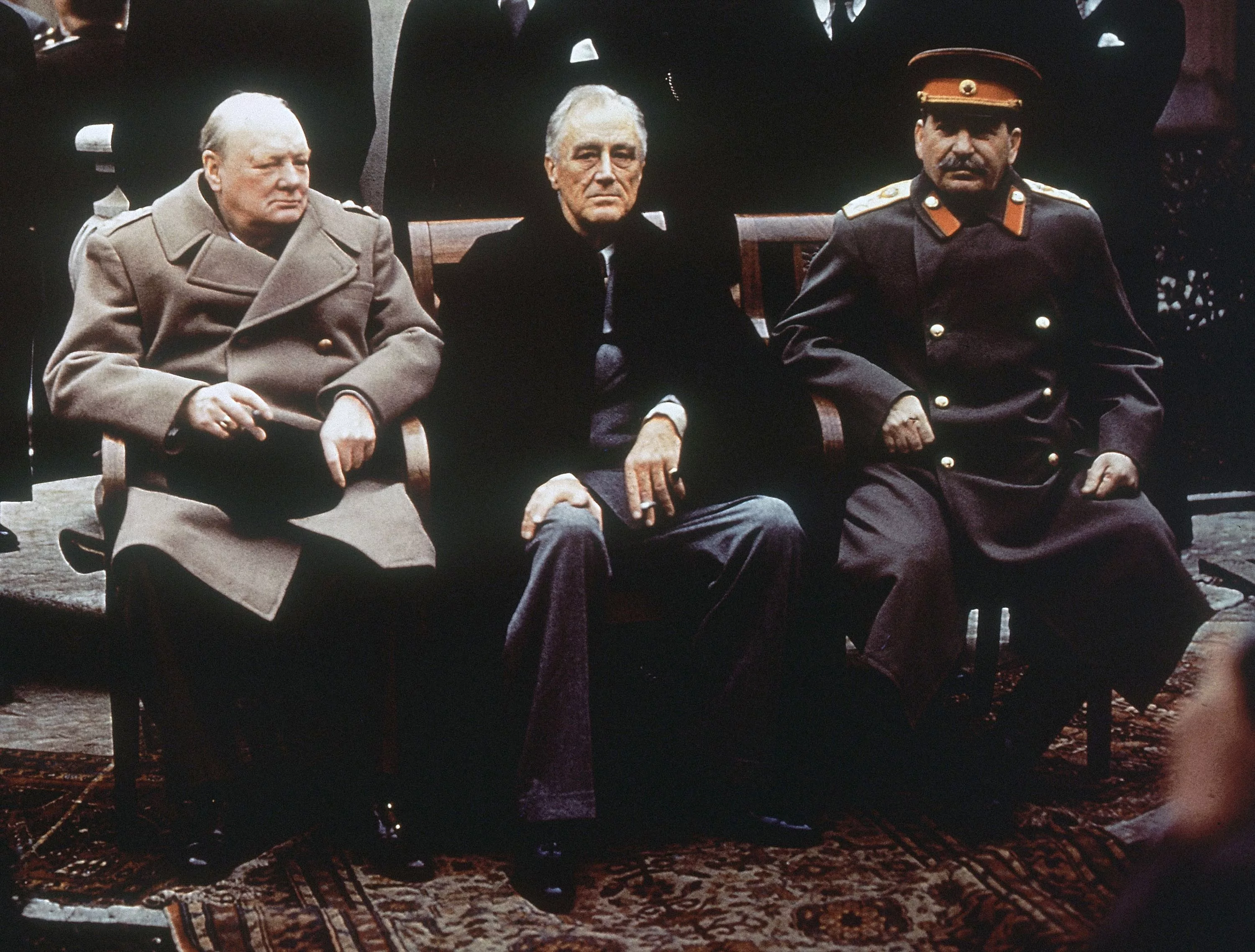
Military Capabilities and Strategic Considerations
The military capabilities of both the United States and Russia are significant, but they are also asymmetrical. The US maintains a global military presence with bases in multiple countries, advanced technology, and significant naval power. Russia’s military, while formidable, is more regionally concentrated, with a focus on its borders and near abroad.
For Russia to consider an invasion of the US, it would require not only the capability to project power across the Atlantic but also the ability to sustain such an operation logistically. This would involve massive mobilization of resources, securing supply lines, and overcoming the formidable defenses of the United States. The sheer complexity and scale of such an operation make it highly improbable.
Additionally, both nations possess extensive nuclear arsenals. The doctrine of mutually assured destruction (MAD) has long been a deterrent against direct military conflict between nuclear powers. Any conventional invasion by Russia would risk escalating to a nuclear exchange, which would be devastating for both countries and the world.
Recent Comments and Their Implications
The recent comments by Russian officials regarding missile strikes in Ukraine can be interpreted through multiple lenses. On one hand, they may reflect genuine frustration and a warning to Western nations providing support to Ukraine. On the other hand, they could be part of a broader strategy of psychological warfare, aiming to intimidate and create uncertainty among adversaries.
It is important to note that rhetoric and signaling are common tools in international relations. Threatening language does not necessarily translate to imminent action. Historically, both the US and Russia have engaged in tough talk as a means of posturing and deterrence.
Economic and Political Realities
Beyond military considerations, the economic and political realities also play a crucial role in assessing the likelihood of a Russian invasion of the US. Russia faces significant economic challenges, including sanctions imposed by the US and its allies, which have impacted its economy. Engaging in a direct conflict with the US would exacerbate these economic difficulties and likely result in further isolation from the global economy.
Politically, an unprovoked invasion of the US would be highly destabilizing for the Russian government. It would likely lead to severe domestic and international backlash, potentially threatening the stability of Putin’s regime. Maintaining internal stability is a priority for the Russian leadership, and a reckless military adventure could undermine this stability.
Strategic Alternatives and Probabilities
Given the formidable challenges and risks associated with a direct invasion of the US, it is more plausible that Russia would pursue other strategies to achieve its objectives. These could include:
1. **Cyber Warfare**: Russia has demonstrated a capability and willingness to engage in cyber operations against the US and its allies. Cyber attacks can disrupt critical infrastructure, steal sensitive information, and influence public opinion without the risks associated with conventional military conflict.
2. **Hybrid Warfare**: Russia may continue to employ hybrid warfare tactics, combining conventional military force, irregular tactics, economic pressure, and information warfare. This approach allows Russia to achieve strategic goals while avoiding full-scale war.
3. **Regional Aggression**: Russia may focus on consolidating its influence in regions where it perceives strategic interests, such as Eastern Europe, the Middle East, and Central Asia. By strengthening its position in these areas, Russia can challenge US influence without direct confrontation.
4. **Diplomatic Maneuvering**: Engaging in diplomatic efforts to create divisions among Western allies and weaken NATO could be a more effective strategy for Russia. By exploiting political and social divisions, Russia can undermine US-led alliances.
The diplomatic route is also impactful because of Putin’s relationships to Xi Jinping and Kim Jong Un, having recently traveled to both countries, and publicly signing a cooperation agreement with North Korea. While buddying up to the DPRK doesnt add much in the way of an effective army or equipment, it does solidify their relationship with China, who has an obligation to support the DPRK in conflict. This “axis of evil” to use a President Bush Jr term, is not to be ignored, and the combined forces would pose a formidable threat to the United States.
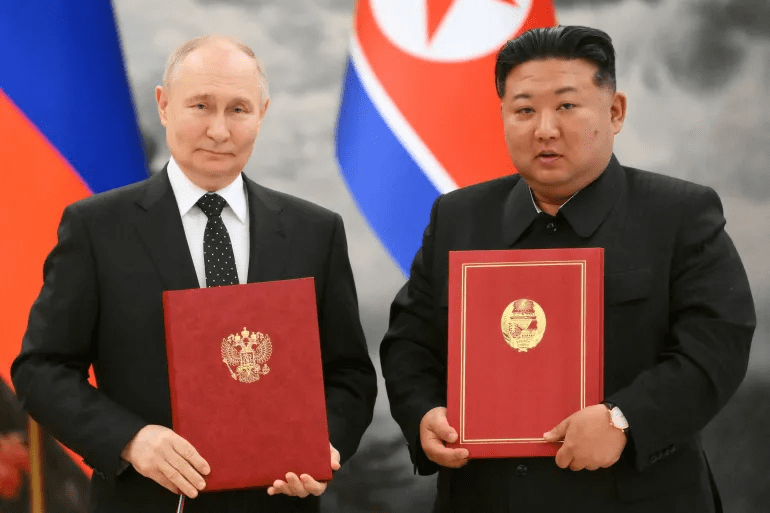
Conclusion
While the idea of a Russian invasion of the United States captures the imagination and reflects deep-seated historical anxieties, the practical realities make such an event highly unlikely. The military, economic, and political costs of a direct confrontation are prohibitive for both nations. Instead, the dynamics of US-Russia relations are more likely to be shaped by indirect conflicts, strategic maneuvering, and the ever-present threat of cyber and hybrid warfare.
In this complex and evolving geopolitical landscape, maintaining open channels of communication, pursuing diplomatic solutions, and bolstering defenses against unconventional threats are essential to preventing escalation and ensuring global stability.






